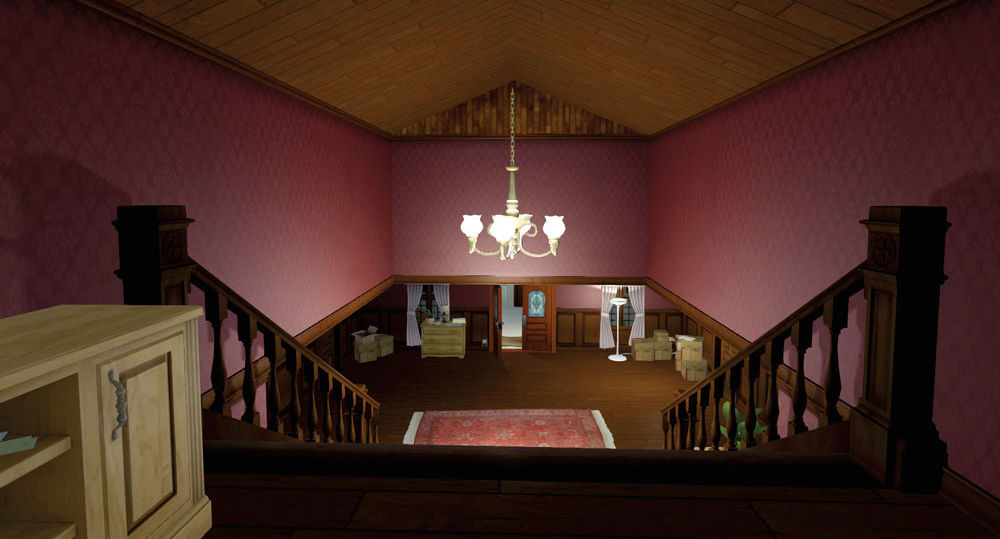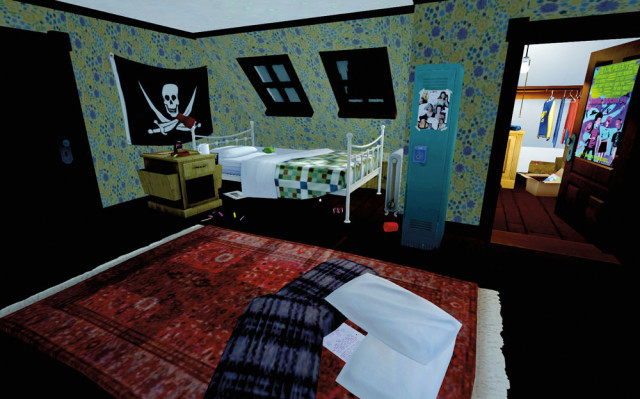Fullbright Aims to Change the Video Game

Steve Gaynor got his start in video games designing industry megahits like BioShock 2, a sci-fi shoot-’em-up that sold about 750,000 copies in its first month on the market. But after earning a sculpture degree from Portland State with a thesis project that was an entire video game level (rather than a physical sculpture), he aspired to deeper creative control.
“You need to say, ‘All right, I don’t want to do something that’s already been done,’” he says. “‘How do I do something really interesting?’”
He pooled his resources with two colleagues, and the trio united in Portland, a relative blank spot on the gaming industry’s map. The Fullbright Company’s debut game, Gone Home, set for release later this year, has already inspired feverish anticipation. The Sundance-esque Independent Games Festival shortlisted the game for several awards this winter. After a preview, a writer for the influential blog Kotaku opined that this “game steeped in mystery and atmosphere ... hits a rhythm that isn’t quite like anything I’ve recently played.”
The project may owe some hype to what it’s not. Instead of wielding futuristic weapons, Gone Home players quietly wander an abandoned house in a fictional Oregon town, combing through newspaper clippings, books, and crumpled flight itineraries, gradually teasing out what happened to a vanished family.
“Many games create a huge world and have the player touch all of it in a really shallow way,” Gaynor says. “Instead of building eight levels that players blast through, we wanted to create a small space that you inhabit for a long time.”

Gaynor compares Gone Home’s virtual experience to Sleep No More, a groundbreaking performance-art adaptation of Macbeth staged in elaborate spaces (44 rooms in an old Boston school, for example), with audience members wandering from scene to scene. The game’s eerie vibe also draws on a long-standing Japanese fascination with “modern ruins,” or haikyo. “Every abandoned space gets explored,” Gaynor says, “but in Japan there’s an ethic of conserving and protecting them.”
Gaynor and his collaborators, Johnnemann Nordhagen and Karla Zimonja, went out on their own amid profound industry shifts. Game development costs have plummeted; independent designers can easily distribute games online. Video gaming’s future, they hope, will include artistic statements beyond what Nordhagen calls “18-to-24-year-old male power fantasy stuff.”
If so, this tiny Portland company is perched to pioneer a new creative frontier. “A game that has something to say in the voice of an individual creator is really exciting,” Gaynor says.




